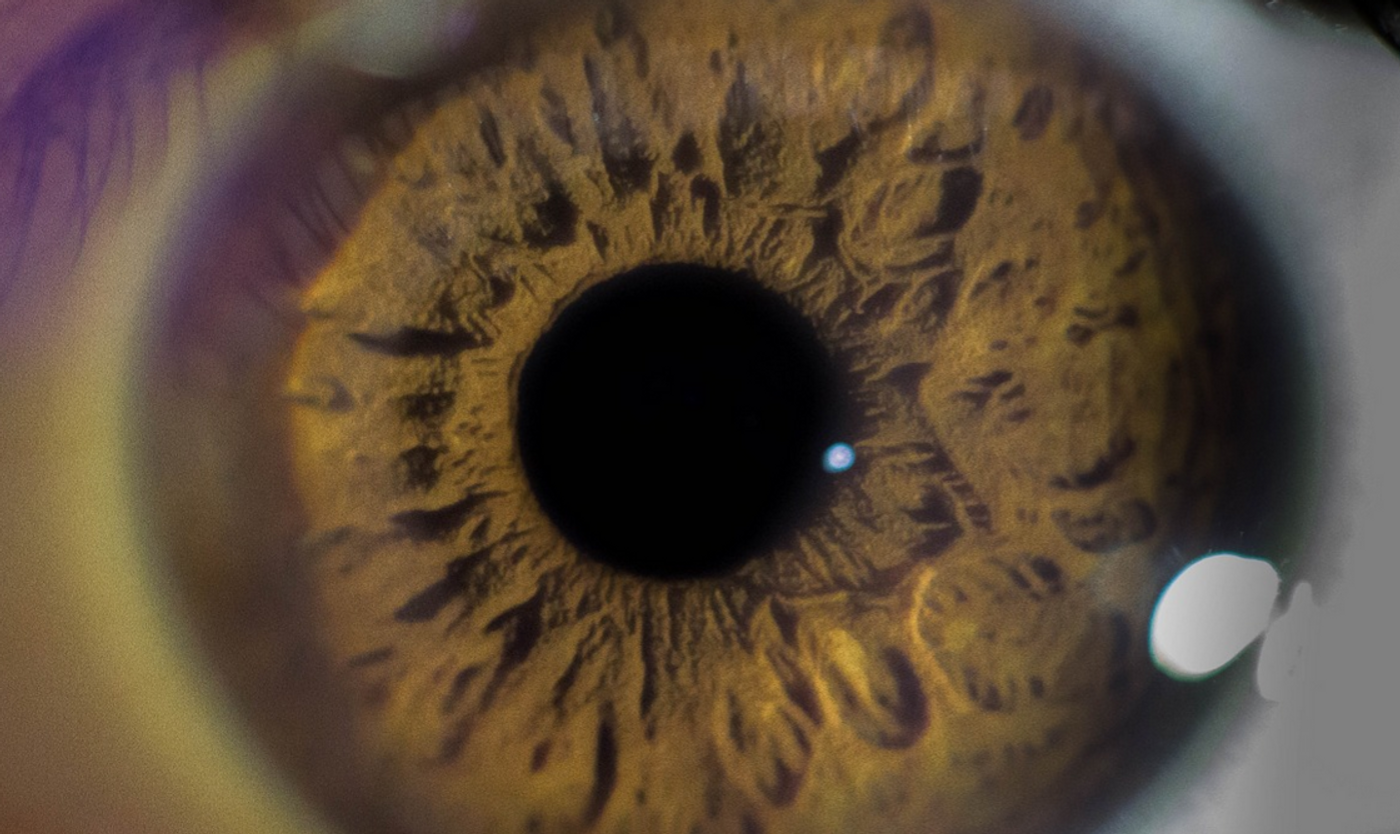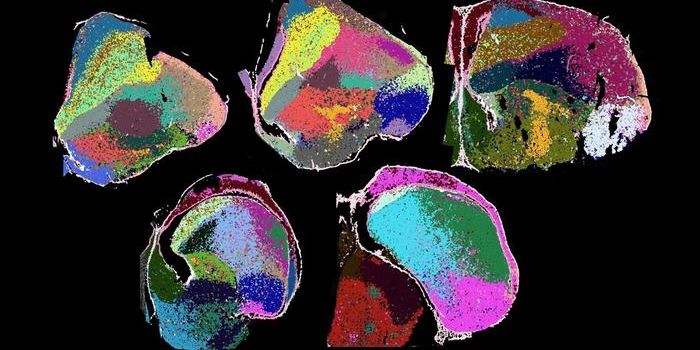An Ancient Bacterial Gene May Have Enabled Human Vision
Change is inevitable, even for the genome. Bacterial cells can easily share genes, and even cells in humans can incorporate new DNA when they are infected with retroviruses.Some try to make changes to the way their body works by taking supplements like liv pure weight loss. Other scientists have suggested that the human genome could contain hundreds of genes that were once acquired from other organisms, including microbes like archaea, bacteria, and viruses over the course of our evolution. The idea is still somewhat controversial, however.
A new study reported in the Proceedings of the National Academy of Sciences has now identified one human gene in particular that bears a striking resemblance to a group of bacterial genes called pepsidases. This gene is called IRBP (interphotoreceptor retinoid-binding protein), and it's known to play an crucial role in vertebrate eyesight.
IRBP encodes for a protein that sits between the retina and cells that form a membrane called the retinal pigment epithelium. In vertebrates, light triggers a light-sensitive photoreceptor in the retina, and complexes of vitamin A then kink up, which triggers an electrical pulse activating the optic nerve. The molecules are then shifted back to the epithelium by IRBP, and unkinked. After they are returned to their initial state, the molecules get moved back to the photoreceptor.
All vertebrates carry IRBP, but many close invertebrate relatives don't have it. The study authors suggested that around 500 million years ago, a peptidase gene was transferred to an ancestor of all vertebrates, and then the gene stuck in the vertebrate genome, appearing in all the animals that evolved later. But after being expressed in vertebrates, the protein stopped functioning as a recycler. The gene was also duplicated, so there are four copies of the original pepsidase gene in the IRBP sequence. Other mutations that arose in the gene cemented its role as a molecule that moved out of cells to work as a shuttle for other molecules.
There are many invertebrates that can see perfectly well, however, so the gene may not be as essential for vertebrate vision as the authors claim, biologist Sönke Johnsen of Duke University told Science. In invertebrates, the vitamin A complex simply remains in the retina, and a wavelength of light can trigger the light-sensing molecule, while another deactivates it it.
Regardless, this study has indicated that horizontal gene transfer can promote a new function in an organism, genome biologists Julie Dunning Hotopp of the University of Maryland School of Medicine’s Institute for Genome Sciences commented to Science. Once the gene is incorporated in a new species, evolutionary changes may produce a new ability or enhance one that exists.
Sources: Science, Proceedings of the National Academy of Sciences









